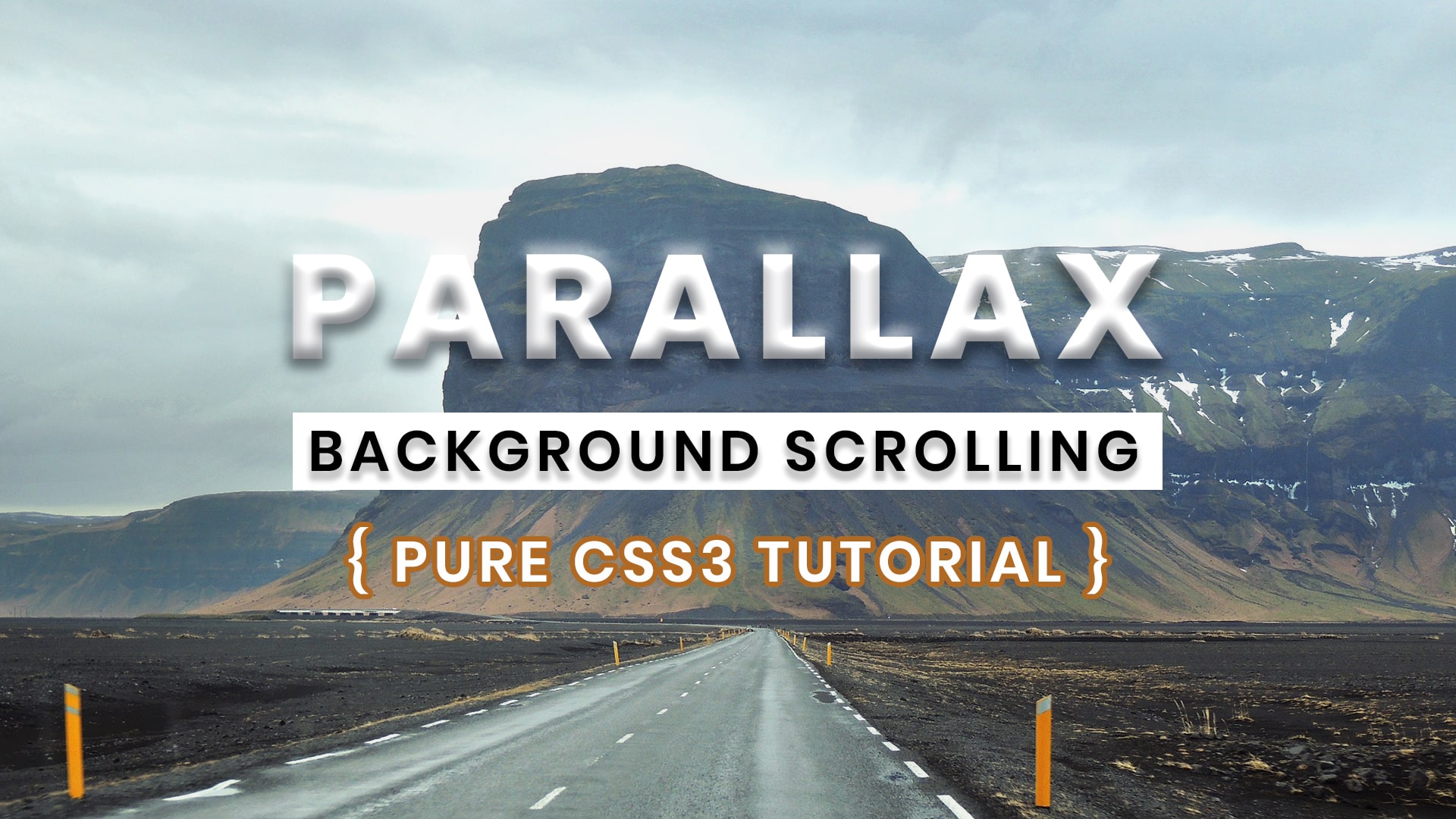


In older versions of Mobile Safari, scroll events were actually delivered at the end of the scroll, which made it impossible to make a JavaScript-based scroll effect.

This important piece of information tells us why we need to avoid a JavaScript-based solution that moves elements based on scroll events: JavaScript doesn’t guarantee that parallaxing will keep in step with the page’s scroll position. In most browsers scroll events are delivered as "best-effort" and are not guaranteed to be delivered on every frame of the scroll animation! This applies, in our particular case, to scroll events. While that sounds simple, an important mechanism of modern browsers is their ability to work asynchronously. The key requirement of parallaxing is that it should be scroll-coupled for every single change in the page’s scroll position, the parallaxing element's position should update. To begin with, let’s take a look at two common ways of achieving a parallax effect, and in particular, why they are unsuitable for our purposes. If you want the drop-in solution, head over to the UI Element Samples GitHub repo and grab the Parallax helper JS! You can see a live demo of the parallax scroller in the GitHub repo. For Mobile Safari use position: sticky to ensure that the parallax effect gets propagated.Use CSS 3D transforms to create a more accurate parallax effect.Don’t use scroll events or background-position to create parallax animations.

In this article, we’ll discuss a solution that is both performant and, just as importantly, works cross-browser. The problem, however, is that implementing parallaxing in a performant way can be challenging. When used judiciously, it can add depth and subtlety to a web app. Also, set the overflow to hidden to keep the content within the bounds of the section.Love it or hate it, parallaxing is here to stay. While the section is selected, in the Style panel on the right, add some top and bottom padding. Place it below the fold and also above the other sections. Drag a Section element onto the canvas from the Elements panel found on the left. Add a sectionįirst, let’s create a section that can be scrolled into and out of view. Even blur effects can be used to simulate depth of field. All clips are comprised of manually treated/prepared still photographs turned into a 3D perspective video effect, animated photos, parallax photo effect, parallax pictures. These include the size and position of elements and various shadow distances. We create 2.5D parallax 3D Effect Animated Photo Video, transforming your still photos into 3D multiplanes and animate them, giving 3D depth to your photo.
#ADDING 3D PARALLAX EFFECTS FROM STILLS PRO#
Pro tip - Illusion of depth Simulate a credible 3D space by following depth perception principles. Webflow’s new Interactions 2.0 makes integrating such animations in your website a snap, without you having to write a single line of code. Or it can create a visual effect that keeps your site’s visitors surfing for longer. Creating animations using the parallax effect can serve many purposes, and enables your visitors to engage with your site’s content in various ways, for example showing how something works or highlighting the anatomy of a product. You can achieve it by moving visual elements at different speeds. The parallax effect creates an illusion of depth and perspective.


 0 kommentar(er)
0 kommentar(er)
